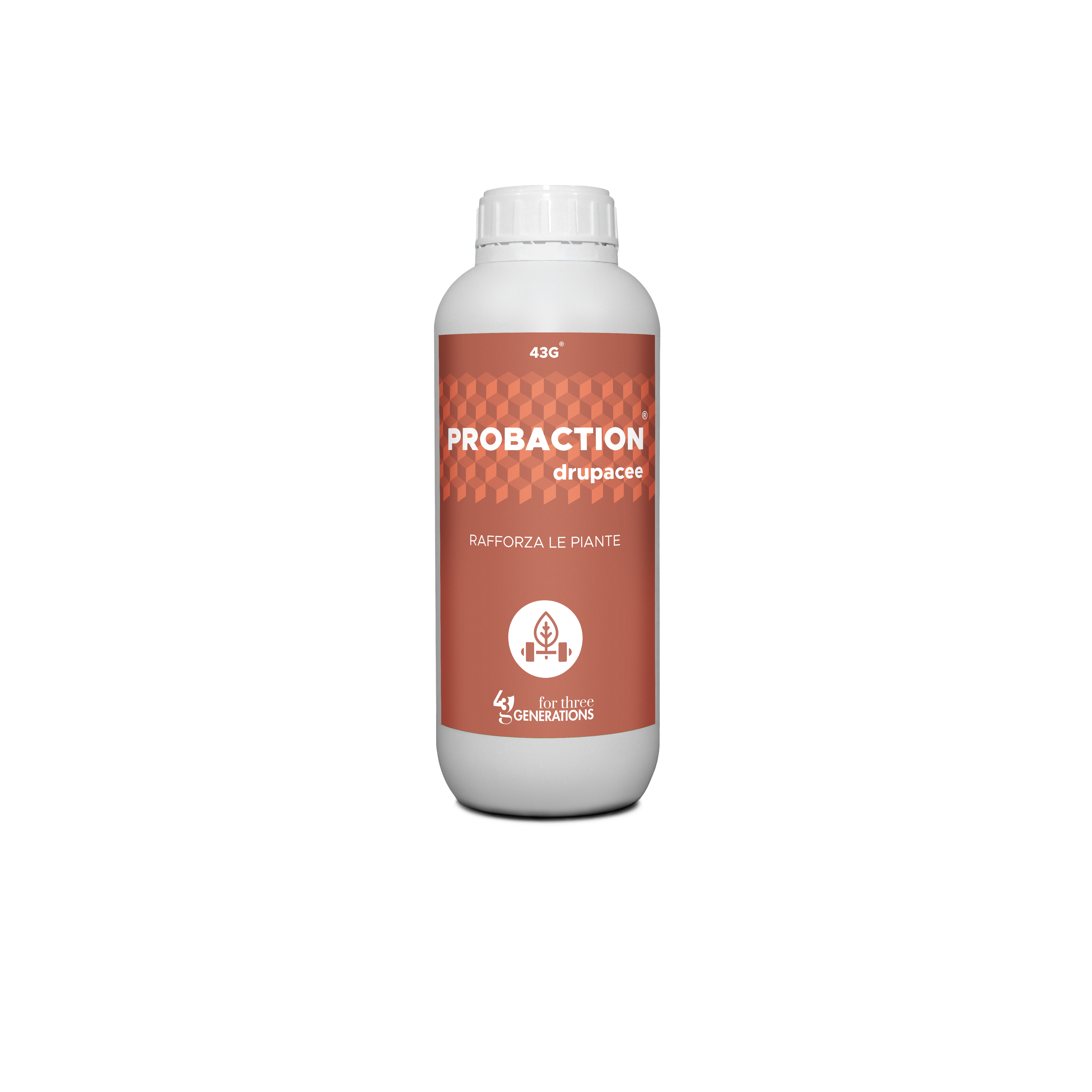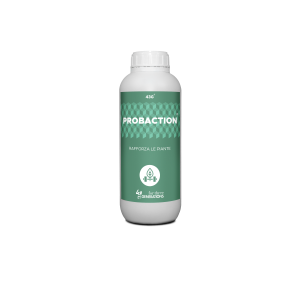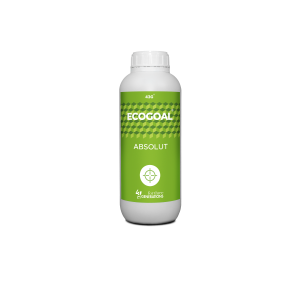Description
BACTERIOSIS MANAGEMENT
THE SOLUTION AGAINST ACID ROT
PROBACTION is an innovative specialty consisting of specific nutrients specially designed to trigger biochemical reactions in the plant capable of improving the specific responses to agents of biotic and abiotic nature. The concept is amplified because the formulation, thanks to its components, concerns the THEORIES ABOUT TROPHOBIOSIS and, consequently, to the concept of balance between nutrition-physiology of the plant and the development of potentially harmful external agents.
It is currently difficult to find a product capable of eliminating the entire set of microorganisms responsible for acid rot. Although, potentially, numerous fungicides can be used, the negative effects on the set of yeasts involved in alcoholic fermentation could be different.
The only viable solution is the agronomic prevention and the use of substances capable of improving the natural defensive responses of the plant. Hence the PROBACTION product.
Acid rot frequently begins near the pedicle attachment or various wounds. The altered tissues take on a color that varies according to the stage of evolution of the rot and the vines. It is light brown on white grapes and purple to reddish on red grapes. Once started, the decay spreads quite quickly throughout the berry, which, normally, keeps its shape. The cuticle gradually weakens and juice flows occur, giving a bright appearance to the adjacent berries and located below. More rarely, clusters of whitish mucus are observed as a result of the formation of yeast colonies.
yeast A vinegar smell characterizes the disease. The presence of many fruit flies is also a distinguishing factor of this rot.
HOW IT WORKS
The formulation acts on numerous plant enzymes, in particular on the oxidases involved in the nitrogen metabolism of the plant. Deficiencies of this nutrient can induce proteolysis with accumulation of glutamine in the tissues and greater susceptibility to pathogenic attacks. Regular applications of the product, in a context of prudent and sustainable management of plant nutrition, allow a better use of sugars and a high protein synthesis of the plant, with positive implications on the processes of natural adaptation to adverse development conditions.


